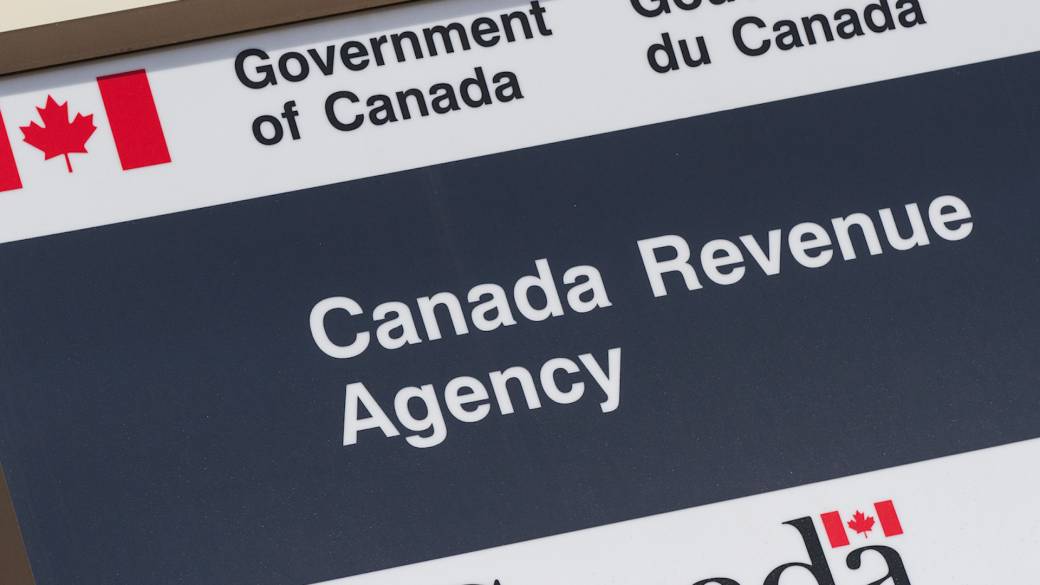While no two tax returns filed with the Canada Revenue Agency are identical, all such tax returns have one thing in common. Once those tax returns are filed, the CRA will review the income amounts reported and the tax deduction and credit claims made, and issue a Notice of Assessment (NOA) outlining its conclusions with respect to the taxpayer’s tax situation for the year.
Notice of Assessment Archives - Akler Browning LLP
By the time summer arrives, nearly all Canadians have filed their income tax returns for the previous year, have received a Notice of Assessment from the tax authorities with respect to that return, and have either received their tax refund or, more grudgingly, paid any balance of tax owing.
This year, the Canada Revenue Agency (CRA) will receive and process more than 30 million individual income tax returns for the 2023 tax year. No two of those returns will be identical, as each such return will have its own particular combination of amounts and sources of income reported, and deductions and credits claimed.
By mid to late summer, almost every Canadian has filed his or her income tax return for the previous year and has received the Notice of Assessment issued by the Canada Revenue Agency (CRA) with respect to that tax filing. Most taxpayers, therefore, would consider that their annual filing and payment obligations are done and behind them for another year.
Many, if not most, taxpayers think of tax planning as a year-end exercise to be carried out in the last few weeks of the year, with a view to taking the steps needed to minimize the tax bill for the current year.
Of the 17 million individual income tax returns for the 2022 tax year filed with the Canada Revenue Agency (CRA) by the middle of April 2023, no two were identical.
Of the 27 million individual income tax returns already filed with the Canada Revenue Agency for the 2021 tax year, no two were identical. Each return contained its own particular combination of types and amounts of income reported and deductions and credits claimed. There is, however, one thing which every one of those returns has in common.
By now, most Canadians have filed their income tax returns for the 2020 taxation year. Specifically, by May 17, 2021, the Canada Revenue Agency (CRA) had processed just under 27 million individual income tax returns filed for 2020. Just over 16 million of those returns resulted in a refund to the taxpayer, while about 6.6 million taxpayers received a bill for additional taxes owed.
Although the filing deadline for individual income tax returns for the 2019 tax year has been extended to June 1, 2020, millions of Canadians have nonetheless already filed those returns. Specifically, by May 19, 2020, the Canada Revenue Agency (CRA) had processed just over 20 million individual income tax returns filed for the 2019 tax year.






